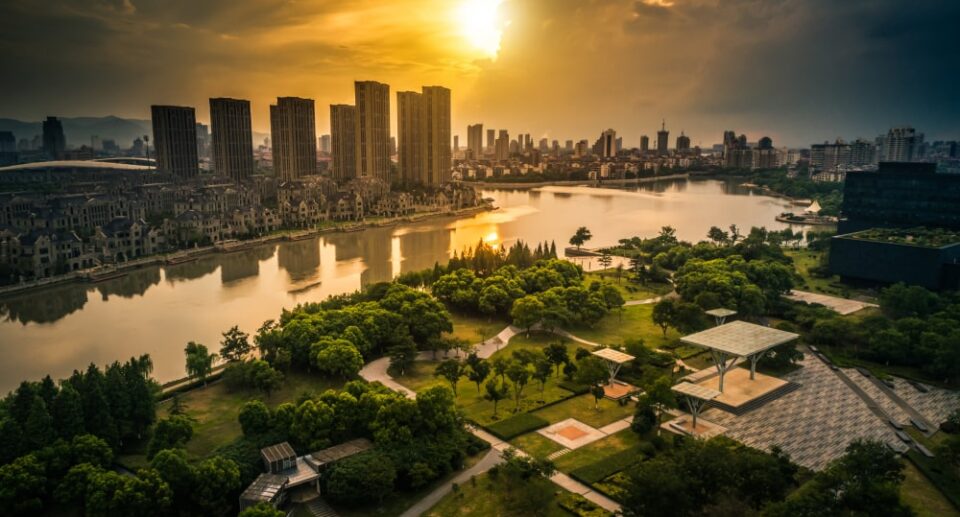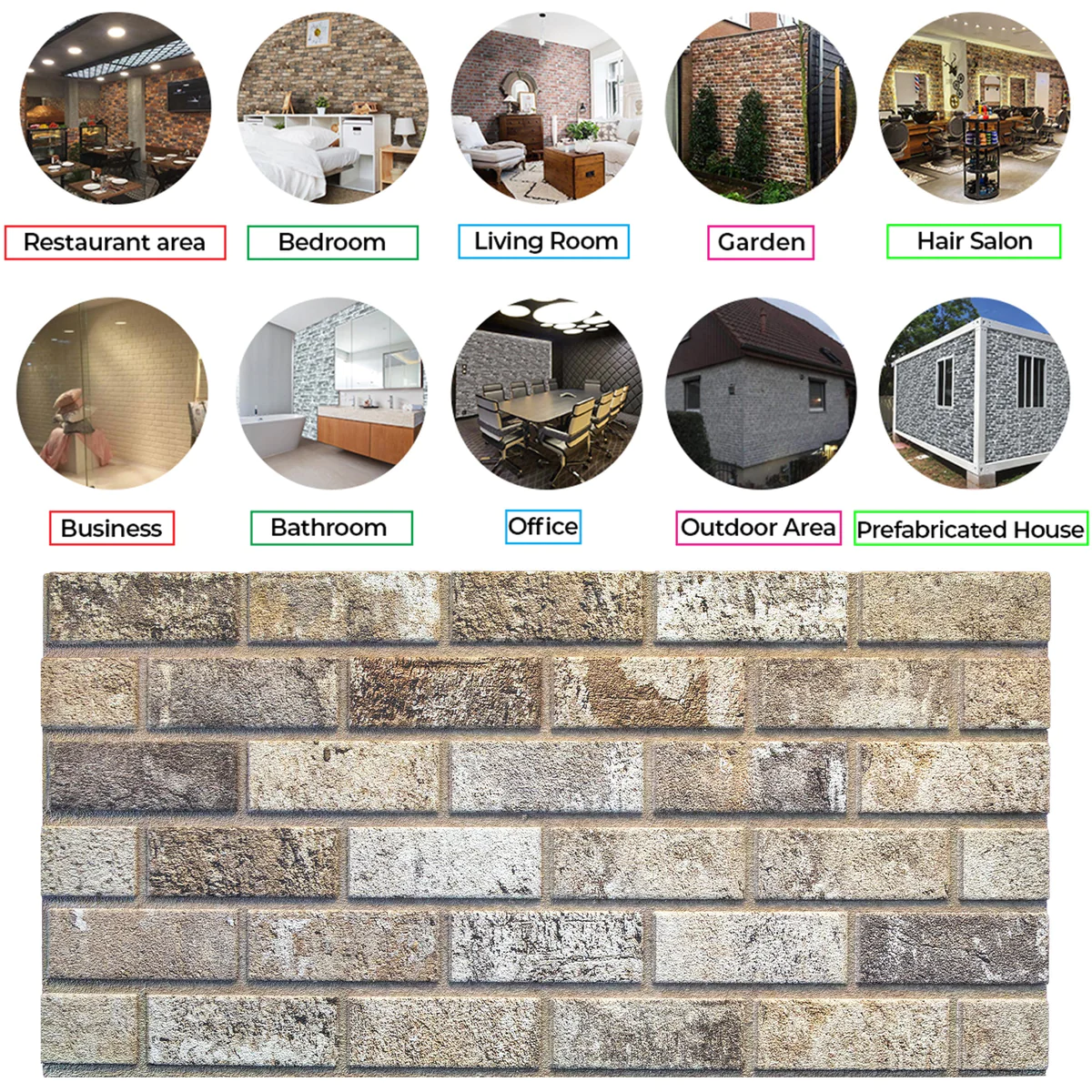Urban Planning: Creating Livable Cities for the Future

The world is rapidly urbanizing. By 2050, it’s projected that a staggering two-thirds of the world’s population will call urban areas home. This rapid influx presents a unique challenge: how do we design cities that can not only accommodate this growth but also thrive as centers of opportunity and well-being? This is where urban planning steps in, offering a powerful approach to shaping vibrant, sustainable, and equitable cities for the future. How can we design cities that not only accommodate this influx but also foster a high quality of life for all residents?
This is where urban planning comes in. It’s the art and science of shaping cities into vibrant, sustainable, and equitable spaces. Here are some key aspects of urban planning for creating livable cities of the future:
- Prioritizing People over Cars: Cities designed around cars often lead to traffic congestion, pollution, and a disconnect between communities. Livable cities prioritize pedestrians, cyclists, and public transportation. Imagine walkable neighborhoods, dedicated bike lanes, and efficient public transit systems that connect residents to jobs, schools, and amenities.
- The 15-Minute City Concept: This innovative approach aims to create neighborhoods where most daily necessities, like work, shopping, education, healthcare, and leisure, are within a 15-minute walk, bike ride, or public transit journey from any point. This reduces reliance on cars, promotes healthy lifestyles, and fosters a stronger sense of community.
- Embracing Green Spaces: Livable cities integrate nature into the urban fabric. Parks, green spaces, community gardens, and urban forests not only provide aesthetic beauty but also improve air quality, reduce stress, and encourage physical activity.
- Mixed-Use Development: Traditionally, cities have been segregated into zones for residential, commercial, and industrial use. Mixed-use development integrates these functionalities within a neighborhood. This creates vibrant, walkable communities where people can live, work, shop, and socialize all in one place.
- Building for Affordability and Equity: Livable cities cater to residents from all walks of life. Urban planning must address issues of housing affordability, social inclusion, and accessibility for people with disabilities.
- Smart City Solutions: Technology can play a crucial role in creating livable cities. Imagine intelligent traffic management systems, energy-efficient buildings, and real-time data collection to optimize resource use and improve public services.
Creating livable cities is a collaborative effort. It requires the engagement of urban planners, architects, policymakers, community leaders, and of course, the citizens themselves. By prioritizing people, sustainability, and inclusivity, we can design cities that are not just places to live, but vibrant hubs of innovation, culture, and well-being for generations to come.
What are your thoughts on creating livable cities? Share your ideas and aspirations for the future of urban planning in the comments below!










